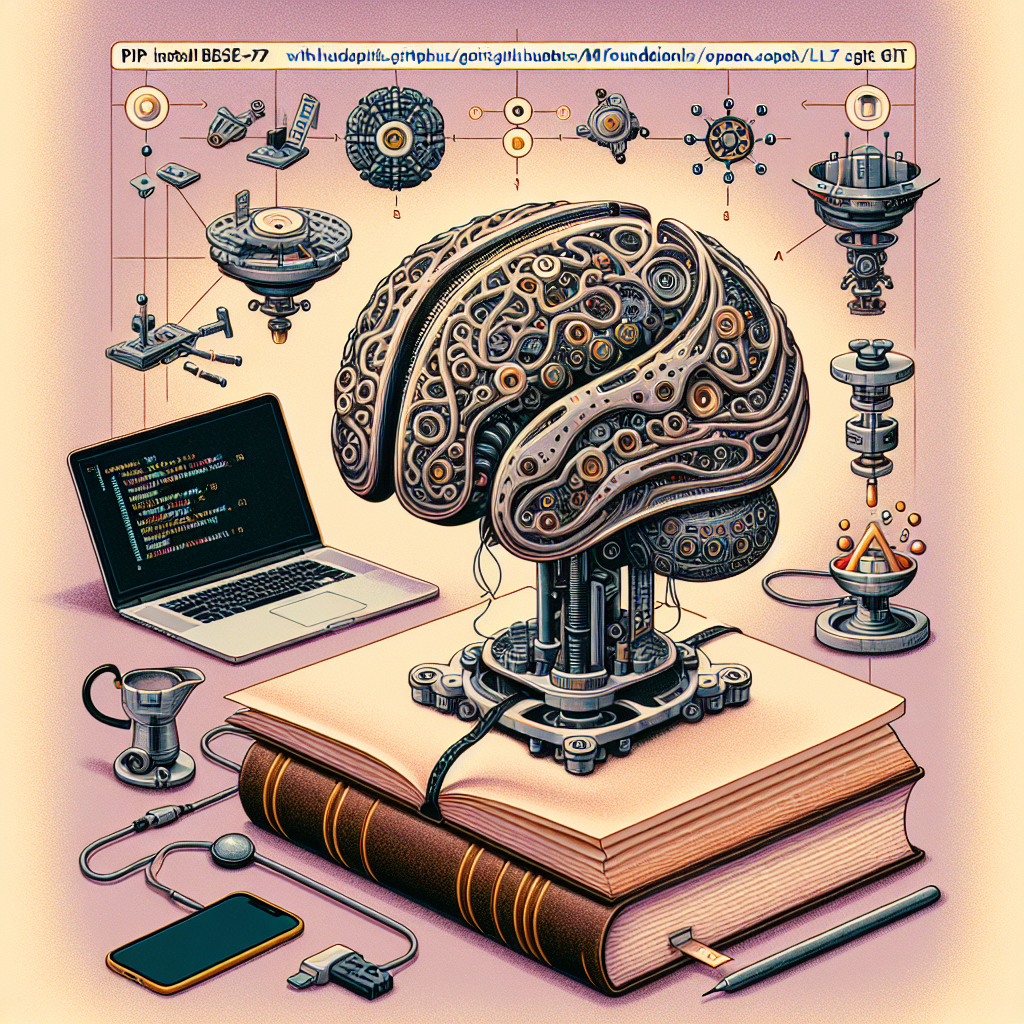Welcome to a comprehensive guide on utilizing the DCLM-Baseline-7B language model! This model, boasting 7 billion parameters, is designed for a multitude of language tasks and demonstrates the power of systematic data curation in enhancing performance. Let’s dive into how you can effectively leverage it, whether you’re a novice or an experienced developer.
Getting Started with DCLM-Baseline-7B
Before you start, you’ll need to set up the required environment and install the necessary dependencies.
Step 1: Install OpenLM
To get started, you’ll need to install the OpenLM library. This is akin to acquiring the right tools before embarking on any DIY project. Open your terminal and run the following command:
pip install git+https://github.com/mlfoundations/open_lm.git
Step 2: Load the Model
Once the installation is complete, you can access the DCLM-Baseline-7B model. Here’s how you can load it into your working environment:
from open_lm.hf import
from transformers import AutoTokenizer, AutoModelForCausalLM
tokenizer = AutoTokenizer.from_pretrained("apple/DCLM-Baseline-7B-8k")
model = AutoModelForCausalLM.from_pretrained("apple/DCLM-Baseline-7B-8k")
inputs = tokenizer(["Machine learning is"], return_tensors="pt")
gen_kwargs = {
"max_new_tokens": 50,
"top_p": 0.8,
"temperature": 0.8,
"do_sample": True,
"repetition_penalty": 1.1
}
output = model.generate(inputs['input_ids'], gen_kwargs)
output = tokenizer.decode(output[0].tolist(), skip_special_tokens=True)
print(output)
Understanding the Code
Think of this code as a recipe for making a delicious language-based dish. The ingredients are your libraries and functions, and the steps you follow yield the final output—the generated text.
– Loading the Ingredients: Just like gathering your spices and vegetables before cooking, you start by importing necessary libraries (`open_lm` and `transformers`).
– Preparing the Dish: The `tokenizer` prepares your input text (like chopping ingredients), while the model is where the magic happens (akin to cooking!).
– Serving the Meal: Finally, the model generates text based on your input and presents it (just as you would serve a beautifully plated dish).
Troubleshooting
Though the process is straightforward, you might encounter a few bumps along the way. Here are some troubleshooting tips:
– Installation Issues: If you face challenges while installing OpenLM or other dependencies, ensure your Python and pip versions are up-to-date.
– Import Errors: Double-check that you have installed the libraries correctly and are using the right import statements.
– Model Not Found: Ensure that you enter the correct model name when calling `from_pretrained()`. A typographical error can lead to the model not loading.
For more troubleshooting questions/issues, contact our fxis.ai data scientist expert team.
Conclusion
With this guide, you are well-equipped to start your journey with the DCLM-Baseline-7B language model. Whether you’re generating text, exploring its data capabilities, or simply experimenting with various tasks, remember to tread carefully regarding the model’s limitations and biases. Enjoy your exploration into the world of language models!

